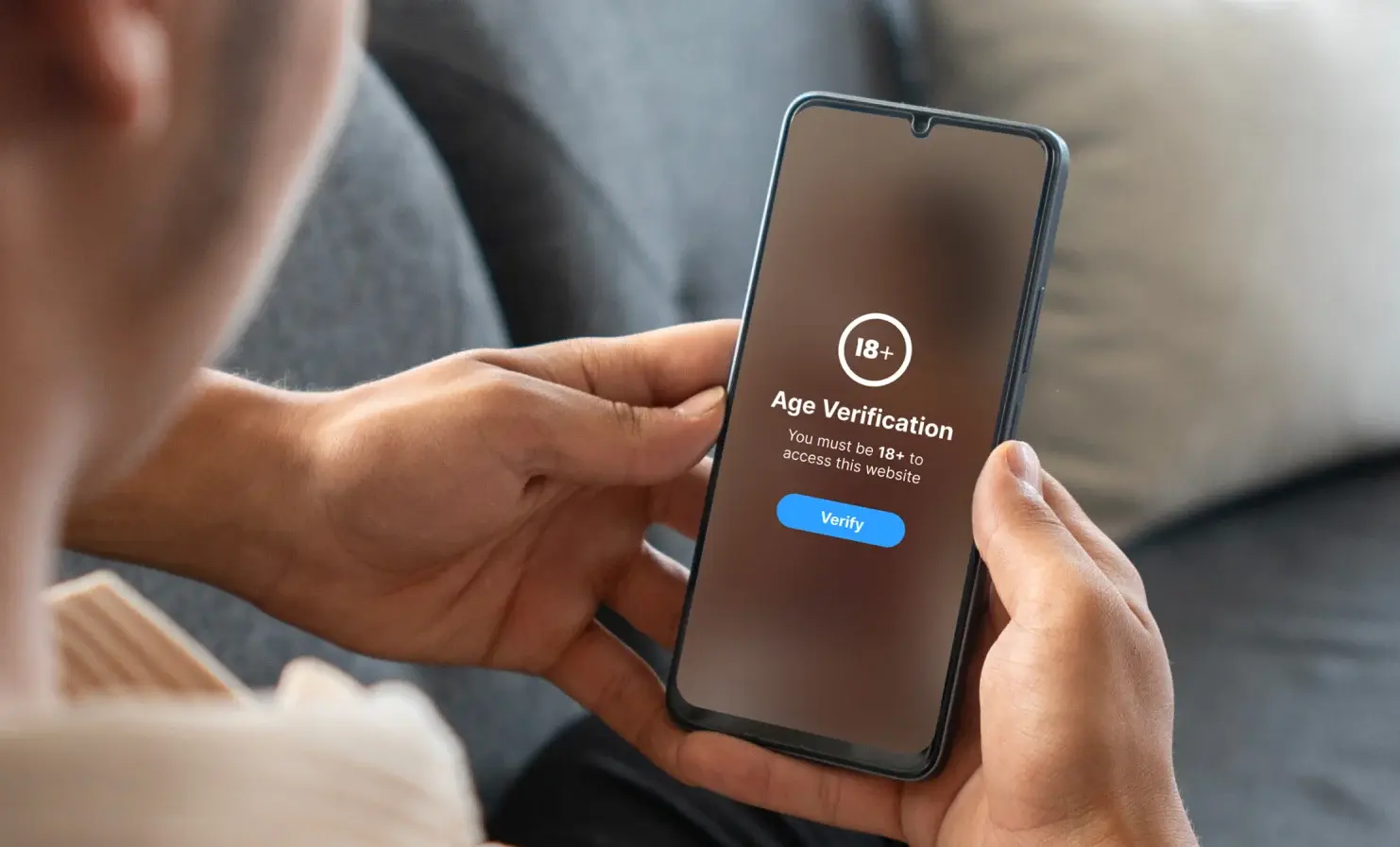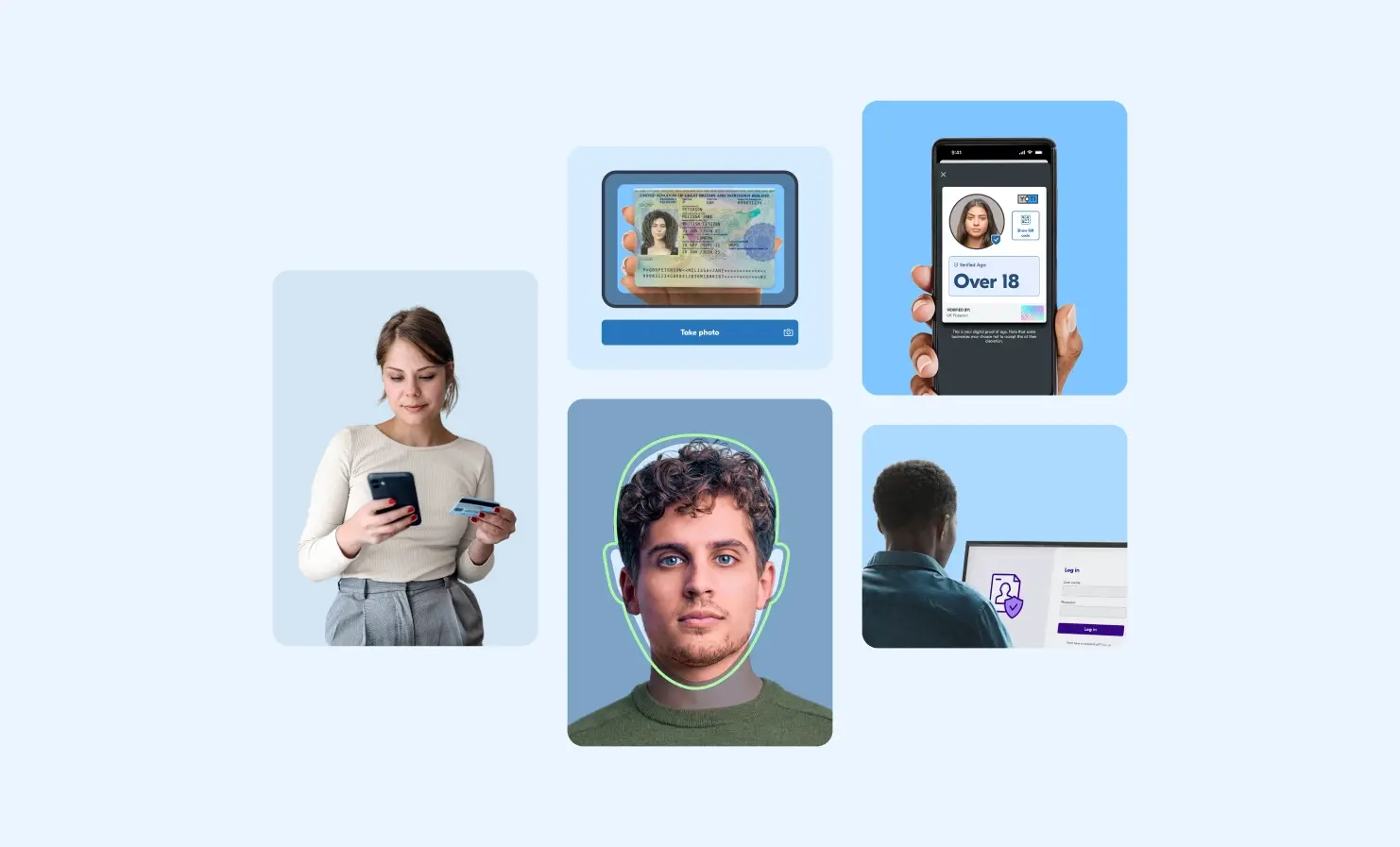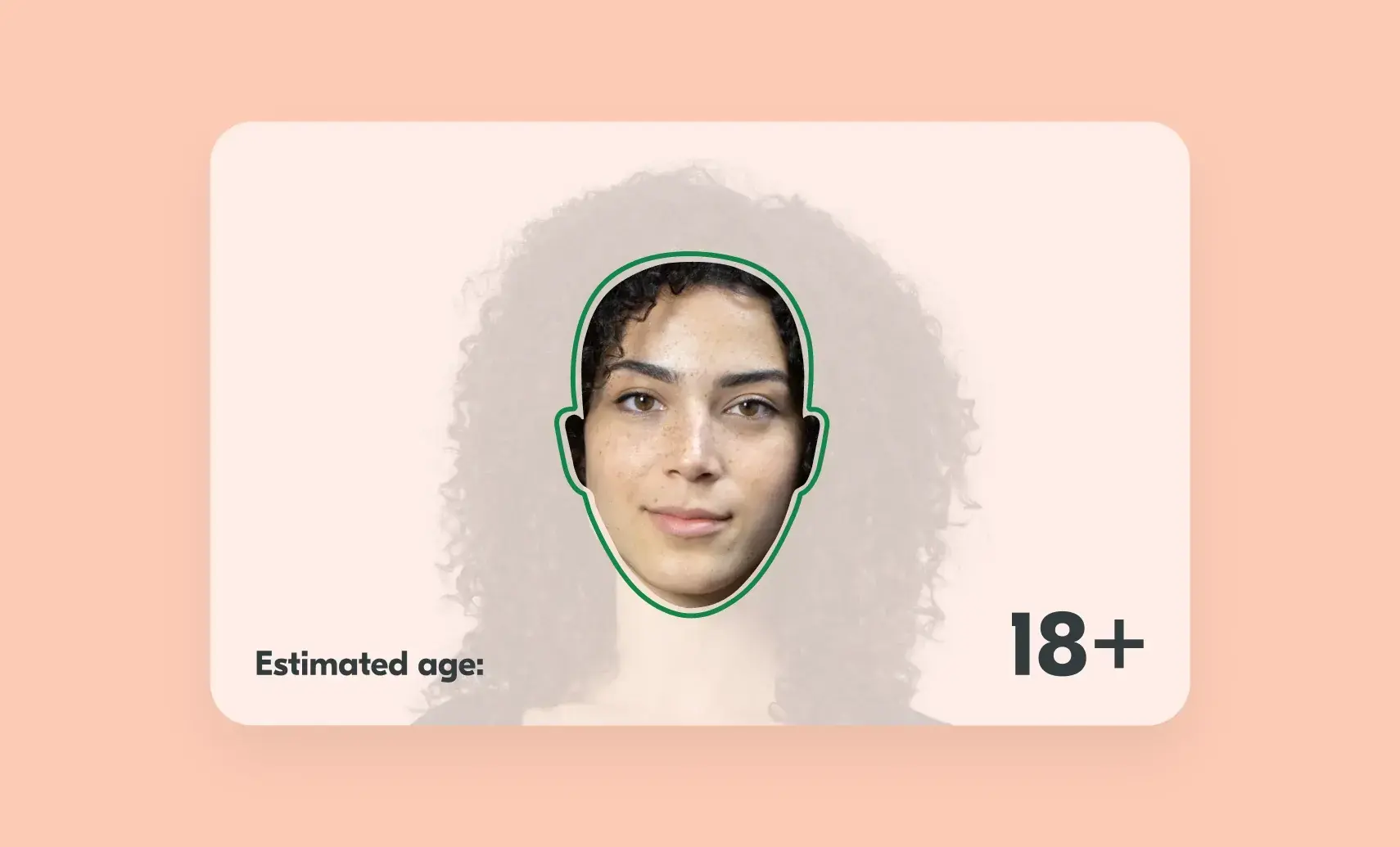Articles
Why am I being asked to prove my age online?
If you’ve recently been asked to prove your age while trying to access a website, use an app or watch a video online, you’re not alone. The UK’s Online Safety Act is now in force. From 25th July 2025, businesses are required, by law, to take stronger steps to protect children from harmful or inappropriate content online. One of the biggest changes is the introduction of age checks for online users. We break down exactly why you’re being asked to prove your age, how it works, what it means for your privacy and how we’re helping make age checks
Yoti supports platforms as UK’s Online Safety Act comes into force
Today marks a major moment for the internet in the UK: the country’s new Online Safety Act officially comes into force, bringing in a new chapter of accountability for digital platforms and service providers. From social media and gaming, to porn and dating, we’re pleased to be supporting platforms with highly effective, robust and privacy-preserving age assurance solutions. The legislation requires platforms to protect children from harmful or inappropriate content, prevent underage access, and build safer digital environments. Yoti’s age assurance technology is helping platforms to meet these new standards whilst protecting user privacy and anonymity. We’ve also been
How can I prove my age online?
You may have noticed that you’re being asked to prove your age more often online. This may be when you’re signing up for new streaming services, buying something online, making a new social media account or trying to access adult content. The UK’s Online Safety Act comes into effect on 25th July. It states that ticking a box saying “I’m over 18” is no longer good enough to keep children safe online. As a result, platforms must bring in stronger age checks for their users. It’s the responsibility of each platform to decide which age checking methods to accept.
Over 6 million UK Digital ID downloads
We’re excited to share that our Digital ID apps have now been downloaded over six million times in the UK! 🎉 A huge thank you to everyone who has chosen one of our Digital ID apps – Yoti ID, Post Office EasyID and Lloyds Bank Smart ID. Whether you’re proving your age or identity, swapping verified details with others, or taking more control over your personal data, our Digital IDs are helping millions of people prove who they are. Privacy-preserving age checks You will probably notice that you’re being asked to prove your age more often online. This
Age assurance: the facts
Around the world, regulators are introducing online safety and age checking laws to protect minors online. But some people believe that age assurance can’t be done without risking our privacy. In reality, the challenge of checking someone’s age online in a privacy-preserving way has been solved. In this paper, we address some of the common concerns around age assurance. Read the facts
How accurate can facial age estimation get?
Facial age estimation using machine learning has advanced significantly in recent years. But, a common and fair question still arises: How accurate can it really be? Can a system look at your face and accurately guess your age, especially when humans often get it wrong? The short answer is that it’s very accurate – but not perfect. We explain why. The myth of 100% accuracy It’s important to set realistic expectations. No facial age estimation model can achieve 100% accuracy across all ages. Human aging is highly individual and shaped by many external factors, especially as we get






